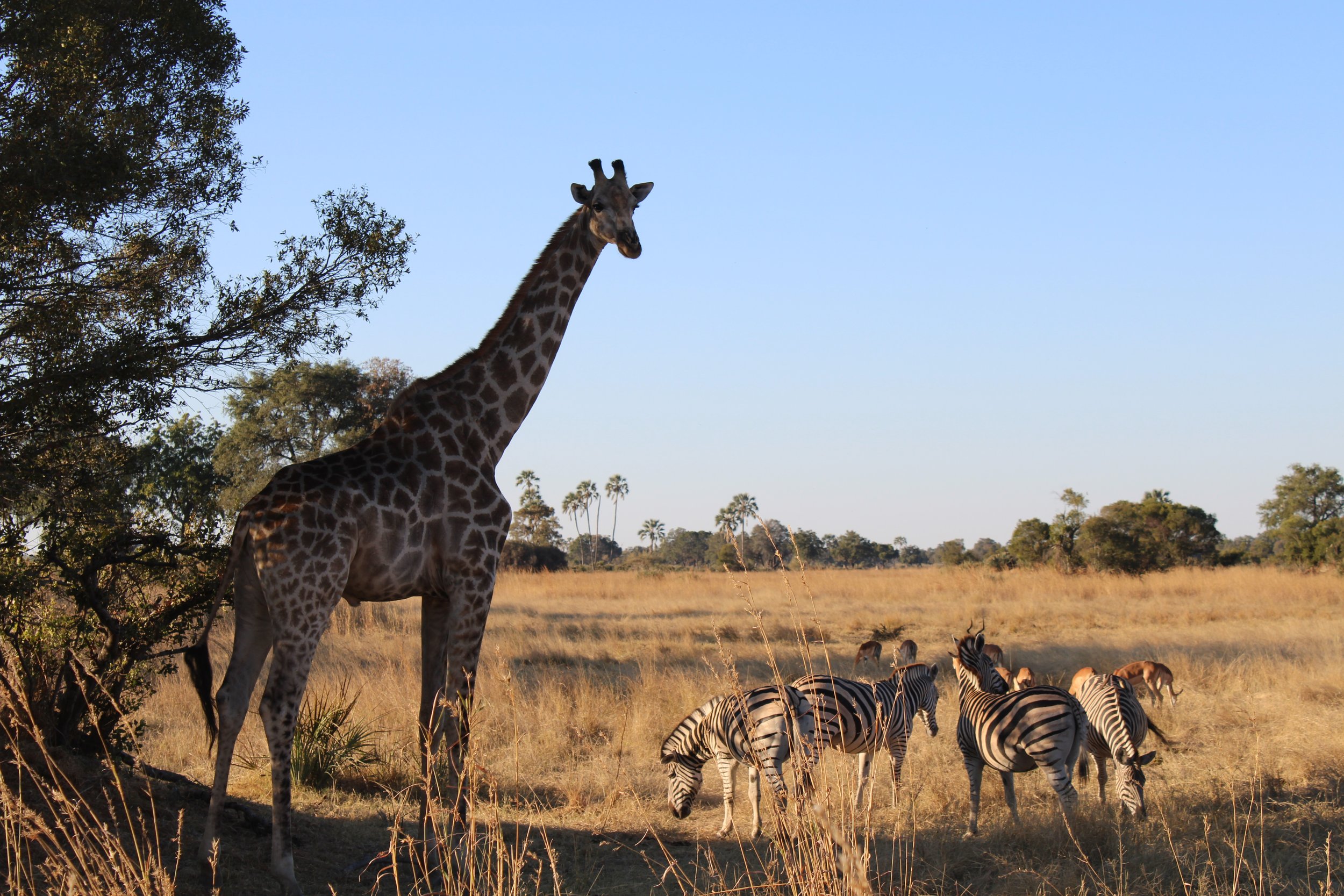3 ADventures that Should be on your Bucket List
In a world full of diverse landscapes and extraordinary wildlife, travel has become the ultimate way to experience the planet's most inspiring locations. Whether you're a seasoned traveler or just beginning to explore the wonders of the world, these three trips are guaranteed to leave you with memories that will last a lifetime. Here are three bucket-list adventures you won’t want to miss.
1. African Safari
Take a journey into the heart of the African wilderness with a safari that promises encounters with some of the most majestic animals on earth. Picture yourself in a 4x4 vehicle, camera ready, as you traverse the diverse landscapes of the Serengeti, Masai Mara, or Kruger National Park. The thrill of spotting the Big Five—lion, leopard, rhinoceros, elephant, and Cape buffalo—is an experience like no other. We think this experience should be on everyone’s list. And believe it or not, you can do it on any budget.
Why Go?
Wildlife Encounters: Witness the Great Migration, where millions of wildebeest and zebras move across the plains in search of greener pastures.
Breathtaking Views: From the golden savannas to Mount Kilimanjaro, the African landscape is as diverse as it is beautiful.
Cultural Experiences: Interact with local tribes and communities, learning about their traditions and ways of life.
Top Tips:
Best Time to Visit: This depends on the location, but typically during the dry season in various countries when animals are more easily spotted around waterholes.
Must-See: The Ngorongoro Crater in Tanzania, home to a dense population of wildlife within its vast caldera, and the Okavango Delta in Botswana, known as “Africa’s Eden.”
2. Antarctica
For the ultimate off-the-beaten-path adventure, set sail to icy Antarctica. This frozen continent, with its pristine landscapes and jaw-dropping beauty, offers an unparalleled sense of isolation. From massive icebergs and colossal glaciers to penguin colonies and breaching whales, Antarctica is a destination that feels like no place on Earth.
Why Go?
Unspoiled Wilderness: Experience one of the last untouched places on earth, with landscapes that seem straight out of a dream.
Unique Wildlife: Encounter species found nowhere else, such as Emperor penguins, Weddell seals, and a variety of seabirds.
Scientific Exploration: Learn about ongoing scientific research and the crucial role Antarctica plays in understanding climate change.
Top Tips:
Best Time to Visit: November to March, during the austral summer when temperatures are more manageable and wildlife is most active.
Must-See: The Lemaire Channel, often referred to as the "Kodak Gap" for its photogenic scenery.
3. Galapagos Islands
Step into a living laboratory of evolution with a trip to the Galapagos Islands, where unique species and and natural resources have captivated scientists and travelers alike. Located off the coast of Ecuador, this archipelago offers an intimate look at nature’s marvels, from giant tortoises and marine iguanas to playful sea lions and blue-footed boobies.
Why Go?
Biodiversity Hotspot: Discover an array of endemic species that inspired Charles Darwin's theory of evolution.
Adventure Activities: Snorkel with sea turtles, hike across volcanic landscapes, and kayak through mangrove forests.
Conservation Efforts: Witness ongoing conservation projects aimed at preserving the islands' unique ecosystems.
Top Tips:
Best Time to Visit: Year-round, but December to May offers warmer weather and calmer seas, ideal for snorkeling and diving.
Must-See: The Charles Darwin Research Station on Santa Cruz Island, where you can learn about the islands' natural history and conservation efforts.
These three locations are more than just trips—they’re journeys into some of the most extraordinary places on earth. So pack your bags, prepare your camera, and get ready to check off the bucket list.
For inquiries and bookings, contact us here.



